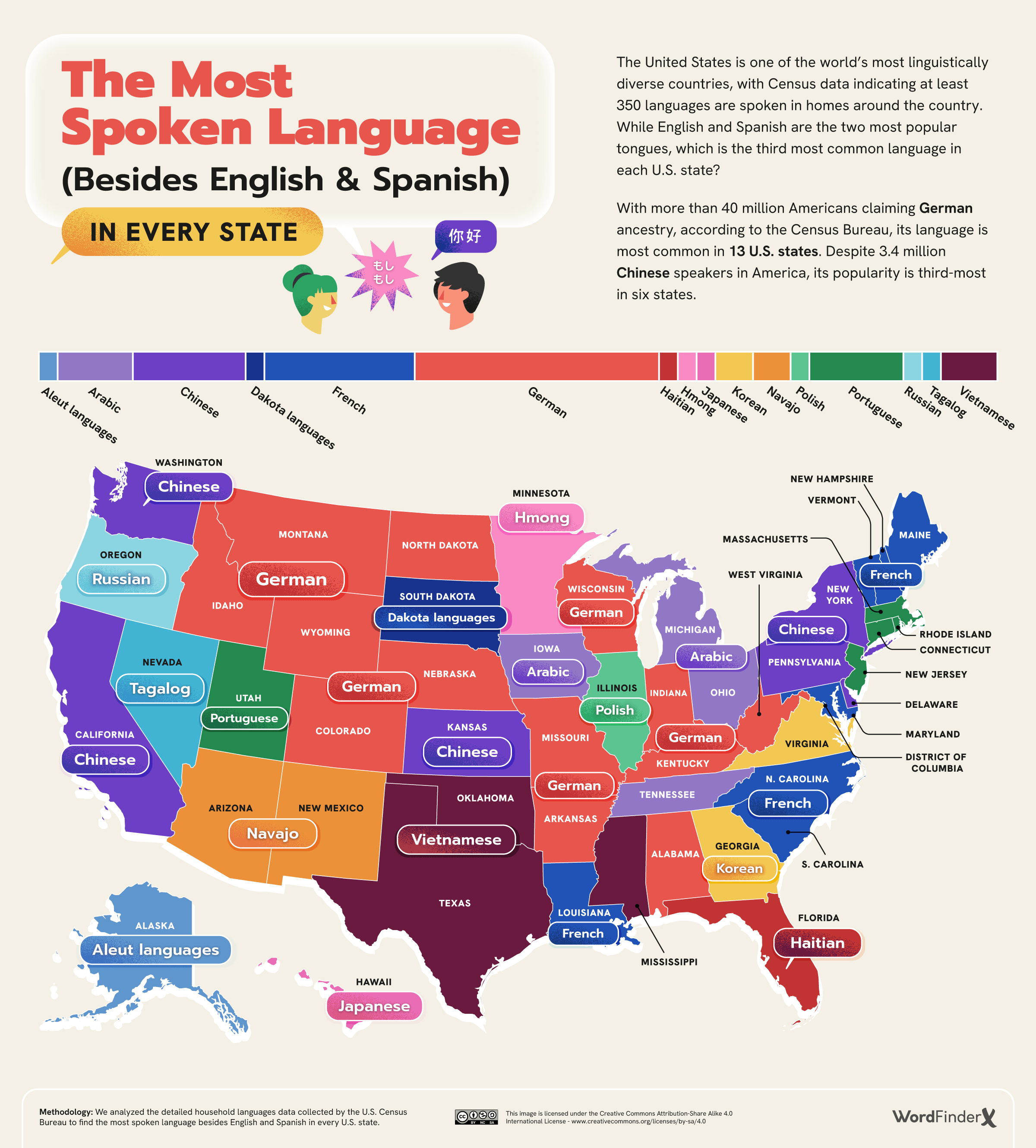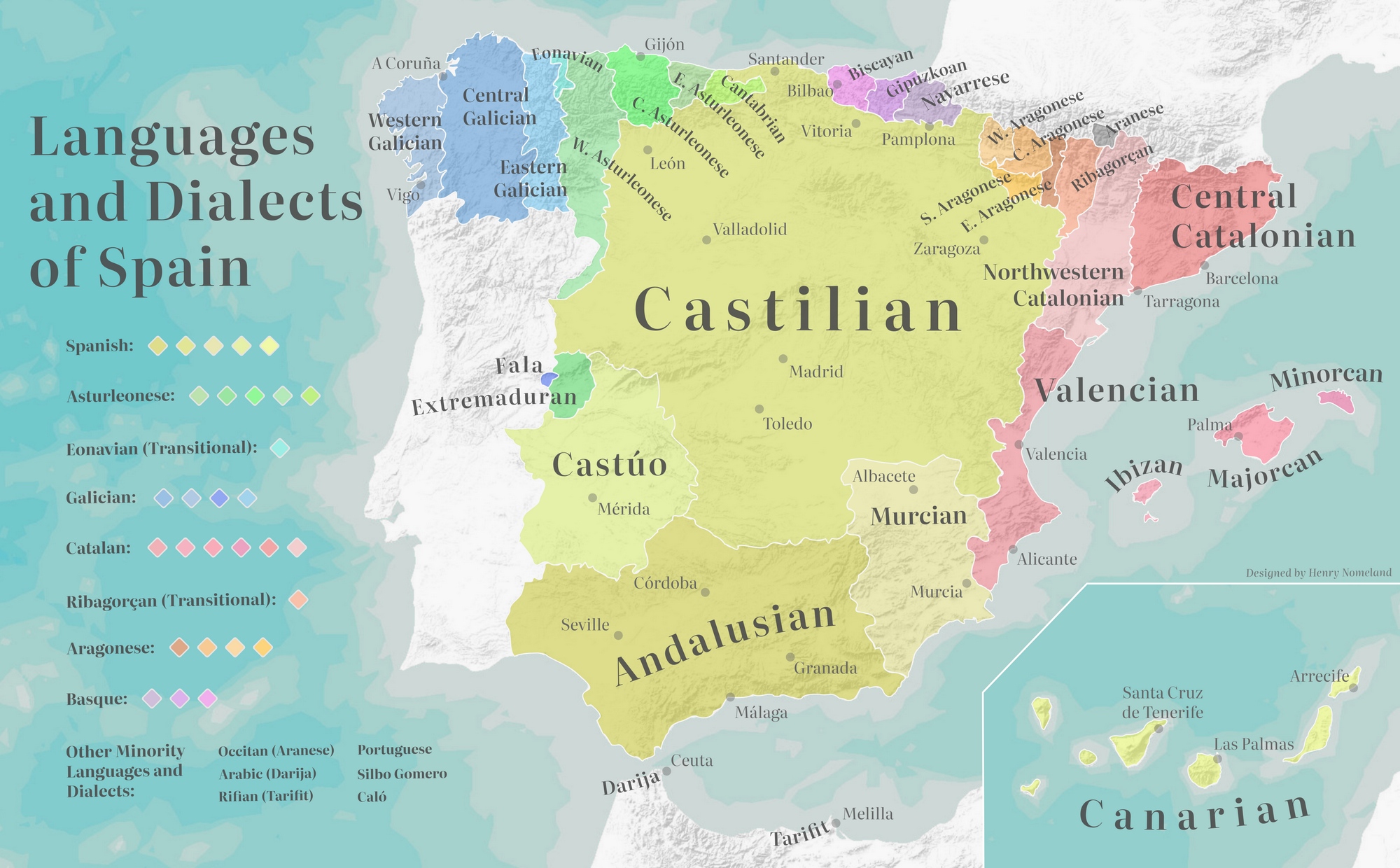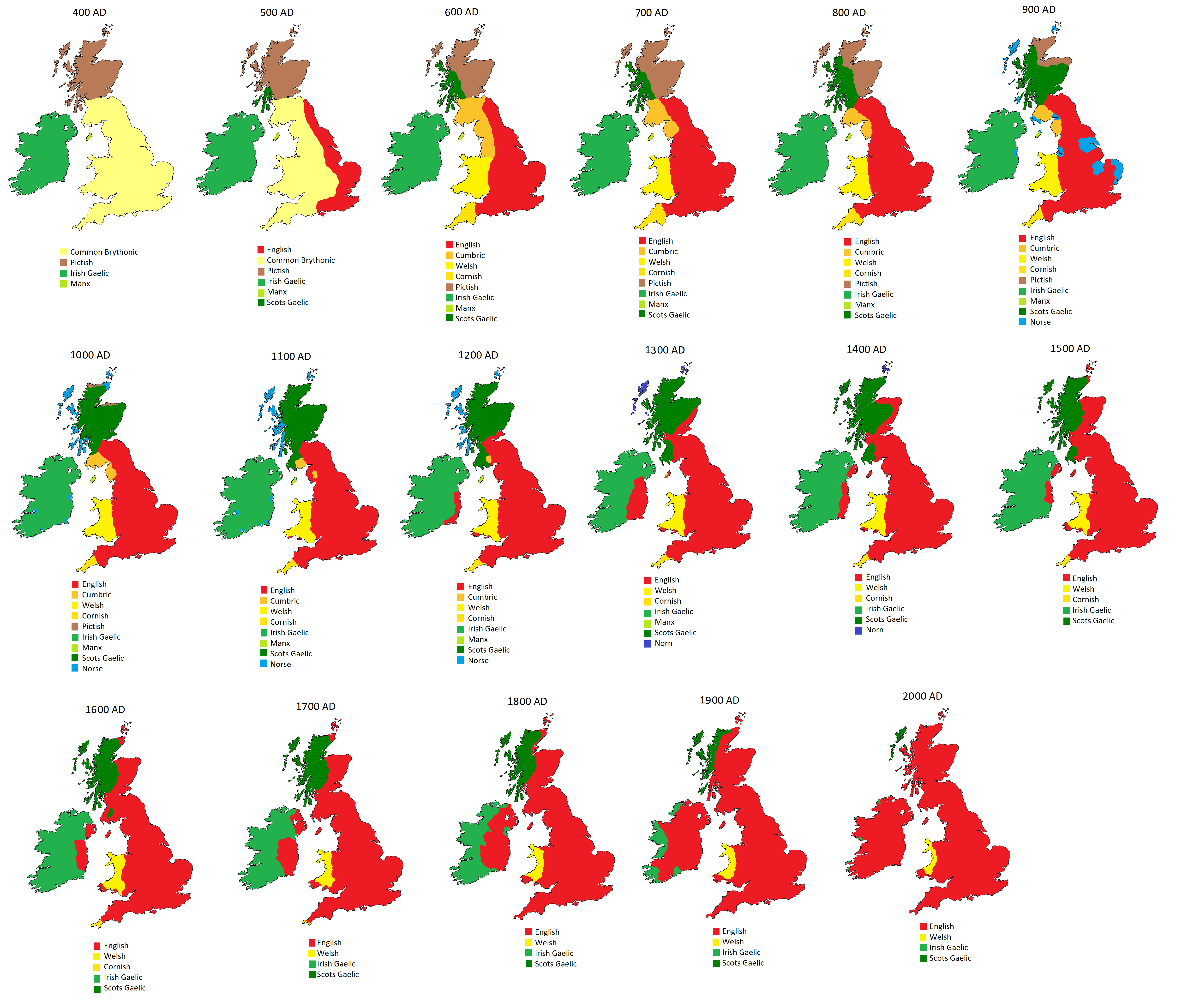The Spread of the Indo-Europeans
The Indo-European language family is one of the most widely spoken and historically significant groups of languages in the world. This family includes languages such as English, Spanish, Hindi, Russian, and many others, spoken by billions of people across the globe. These languages share a common ancestry and have evolved and diversified over thousands of years.
Table of Contents
A Brief History of Indo-European Languages
The ancestor of the Indo-European languages, known as Proto-Indo-European (PIE), is believed to have been spoken around 4500-2500 BCE. Linguists have reconstructed PIE through comparative analysis of its descendant languages. The original speakers of PIE are thought to have lived in the Pontic-Caspian steppe, a vast area extending from the Black Sea to the Caspian Sea.
From this region, the Indo-Europeans began to spread in various directions during the early Bronze Age, around 4000-3000 BCE. Their migration led to the establishment of different language branches across Europe and Asia:
- 4000-3000 BCE: The Indo-Europeans spread westward into Europe and eastward into Central Asia.
- 3000-2000 BCE: Languages such as Greek, Hittite, and Sanskrit began to emerge.
- 2000-1000 BCE: The Celtic, Italic, Germanic, and Slavic languages started to form distinct groups.
- 1000 BCE – 500 CE: The spread of these languages continued, influenced by migrations, trade, and conquests.
Modern Evolution and Distribution
Today, Indo-European languages continue to evolve. The largest languages in this family by the number of speakers include:
- English: Over 1.5 billion speakers (including second language speakers)
- Hindi: Around 600 million speakers
- Spanish: Approximately 580 million speakers
- French: About 275 million speakers
- Russian: Around 260 million speakers
- Portuguese: Approximately 250 million speakers
- Bengali: About 230 million speakers
While these languages thrive, some Indo-European languages are on the verge of extinction. Languages like Cornish and Manx in Europe have very few speakers but are seeing revival efforts. On the other hand, languages such as Yiddish and Romani, though still spoken, face declining numbers of native speakers.
Exotic and Endangered Indo-European Languages
Among the Indo-European family, some languages stand out for their uniqueness and exotic nature:
- Tocharian: An extinct language once spoken in what is now Western China.
- Sanskrit: An ancient and classical language of India, still used in religious and scholarly contexts.
- Romani: The language of the Romani people, dispersed across Europe and the Americas, with a variety of dialects.
Learning Indo-European Languages: The Challenge
The difficulty of learning an Indo-European language can vary greatly:
- Easiest: Languages like Spanish and Italian are often considered easier for English speakers due to their relatively simple grammar and vocabulary.
- Most Difficult: Russian and Icelandic are known for their complex grammar, extensive inflection, and challenging pronunciation.
Resources for Learning Languages
For those interested in diving into the world of Indo-European languages, several books on Amazon offer effective learning strategies:








